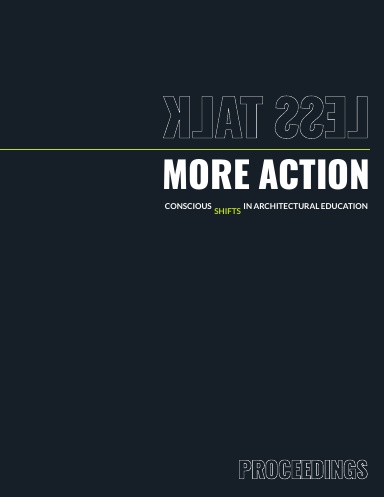Author(s): Jonathan A. Scelsa & Jennifer Birkeland
The act of the social survey is a long and disciplined task, which requires a designer, engineer, social scientist to create an inventory of data representing activity on a site. In the 1960’s, environmental engineers like Jane Jacobs and Jan Gehl developed approaches to observing public life, informing better approaches to urban planning. In Gehl’s book, “How to Study Public Life,” he provides a series of procedural methods of how to document the site through the observation of habitat on and movement through counting individuals and layering the accumulated physical spatial data such as walking paths and occupancy on a single drawing. This methodology demonstrates to students that environments are always active, and not merely formal grounds for insertion of autonomously designed material. More specifically, it prefaced the people as the measurement of space and occupancy. More recently, physical real-time observation has been abandoned in favor of teaching students predictive algorithmic simulations where in the paths of city would be projected based purely on formal morphology and predictive behavior modifiers and coefficients through open source data. Removing the student’s need to engage and understand the space and its context, including observing individuals movements and their responses to environmental conditions. We need to get students and designers out of the digital model and back into the city armed with new technology!
https://doi.org/10.35483/ACSA.FALL.19.39
Volume Editors
Amy Larimer, Deborah Berke, Diana Lin, Drew Krafcik, John Barton & Sunil Bald
ISBN
978-1-944214-24-1

 Study Architecture
Study Architecture  ProPEL
ProPEL 
